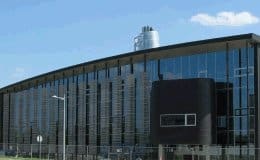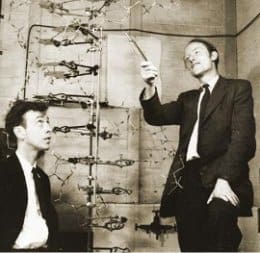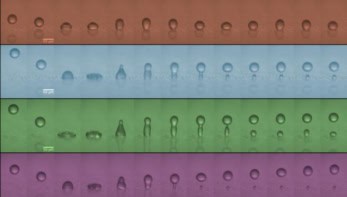
Physics of Medicine Institute in Cambridge
By Joao Medeiros
I’ve just spent the last couple of days in Cambridge for the opening of the new Physics of Medicine Institute (pictured right) at the Cavendish Laboratory. The new institute will serve as home for scientists who are essentially bilingual in biology and physics. The Grand Opening was part of the Physics of Living Matter conference, which displayed the rich variety of problems that biophysicists are trying to tackle: medical imaging, new materials for medical purposes, systems biology, the role of mechanical processes at the cellular level. This is stuff that could bring biology to the next level.
It’s interesting to notice that this Physics+Biology is only a one-way street. The physicists are bringing their quantitative tools to biology, not the other way around. Biologists are not quantitative scientists, and this, in the long run, is a recurrent problem in the field. Descriptive tools can only take you so far, and applied mathematics are fundamental to bring out the big picture on fundamental scientific questions. A biologist at the conference confessed to me that physicists are always needed when there is the impending need to renew the paradigm in biology.

Good things happen when physics meets biology
The whole thing is reminiscent of the time when Erwin Schroedinger first urged his physics students to move into biology, because all the problems in physics had effectively been solved. This scientific migration created, in effect, molecular biology. Francis Crick, one of the discoverers of the helical structure of DNA and its relevance in biological information transfer, was actually inspired to move into biology by Schrodinger’s book “What is Life? The Physical Aspect of the Living Cell”. Crick realized that the quantitative tools of physics would be well suited to face many of the fundamental challenges of biology at the time.
The nascent paradigm of the Physics of Living Matter may well be the second great migration of physicists into biology.



